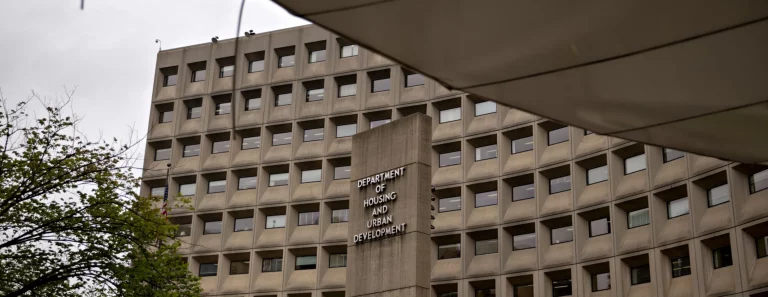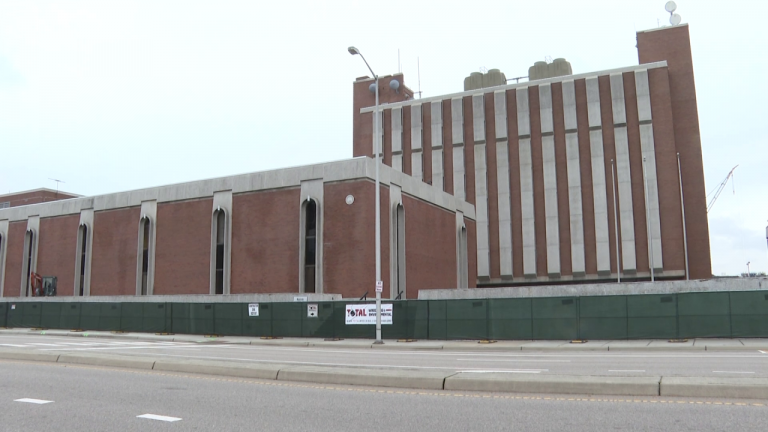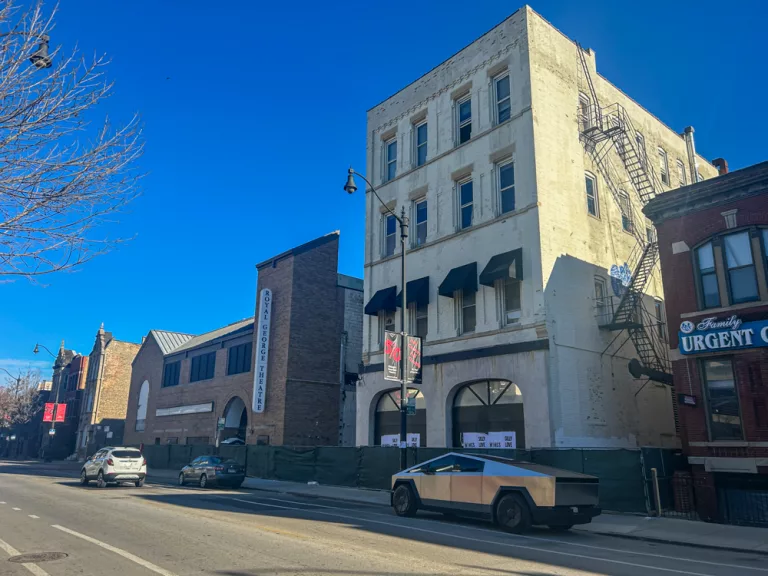
Hurricane Irma devastated large portions of the Florida Keys—the 100-mile ribbon of low lying narrow islands connected by bridges to south Florida. The Keys, dense with tourist resorts and beachfront properties, took the full punch of the storm when it first landed as a category 4 hurricane. It is estimated that 25 percent of the 50,000 homes in the Keys were destroyed, and 65 percent sustained major damage.
There is just one problem in this zeal to redevelop the islands: The Next Storm. The Keys—like much of south Florida’s waterfront—are sitting ducks. They have been ravaged in the past by major storms, and will be flattened again with greater frequency in the future. They are not meant to be an axle of human habitation. In short, the Keys should not be rebuilt.
A micro-illustration of the folly of developing the barrier islands comes from the tale of tiny Dauphin Island off the coast of Alabama. The island is home to 1300 residents and many tourist rental houses. It has been rattled by nearly a dozen hurricanes since 1979. Each time, the government pays the bulk of the reconstruction, a serial money burning enterprise that already cost over $150 million.
I realize that there is something entirely un-American in abandoning frontier land after a natural disaster. It is therefore all too certain that politicians will make grandiose declarations about the government’s duty to stimulate—and to lavishly fund—massive redevelopment of the battered periphery. This is exactly what happened after Hurricane Katrina and Superstorm Sandy, and it will happen again: massive public funding for rebuilding.
It is highly likely, however, that if left to their own devices many of the Keys’ current property owners would move elsewhere. They would take the insurance money and buy homes away from severe weather. But this relocation is not going to happen in Florida because the government pays people to stay. How? By subsidizing their insurance premiums. Both federal and state programs use taxpayers’ money to make it artificially cheap to continue to live in the Keys.
The state of Florida—through a state owned insurance company—helps all its homeowners afford insurance against wind damage. Of course, those living inland (usually the less affluent) don’t need and don’t get the subsidy because the risk they face of high winds is small and insurance is already cheap. The coastal residents are the big beneficiaries of the subsidies, and nowhere more than in the Keys’ Monroe County. Likewise, the federal government helps all homeowners in low plains buy insurance against flood damage, but again those living inland don’t need and don’t get the subsidy because storm surges rarely reach them.
The result of these federal and state insurance subsidies is to dramatically reduce insurance premiums in coastal areas, making them a small fraction of what they otherwise would be if set to equal the true cost of the risk. The subsidy is so enormous that a few years ago, soon after Superstorm Sandy, Congress grumbled about its cost and passed a law to scale it back. Sure enough, the cost insurance in waterfront areas immediately skyrocketed, and people complained. One household said its flood premium rose more than ten-fold, from $458 to $5,500. Another reported its annual premium rising from $5000 to $66,000 per year. Many owners trying to sell properties found that buyers were chilled by the insurance cost. Protests from all around the country led Congress to quickly reverse course and pass another law, reinstalling the old subsidies.
All the evidence suggests that if insurance were to reflect the true risk of living in the path of storms, most people would not live there. Wealthy proprietors might be willing to pay to own homes (mostly second homes) on the water. But ordinary people cannot afford such insurance price tags. In a world of private unsubsidized insurance, people would move away because—we know this from FEMA surveys—people are willing to pay no more than 2% of the property value for insurance coverage. Without the subsidy, they would often have to pay 10% or more.
Major disasters like Hurricane Irma expedite a dilemma that we should confront sooner rather than later: how to deal with rising sea levels, increased coastal erosion, and recurring floods. We can desperately cling to these strips: construct water barriers, raise the elevation of homes, or keep rebuilding. Or, we can begin a gradual hundred-year process of migration inland. People may contest scientists’ predictions that low lands will ultimately be flooded. But if they had to pay true cost of insuring against this risk, reason will triumph over ideology.




